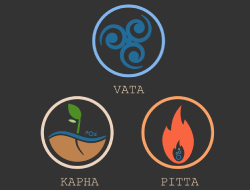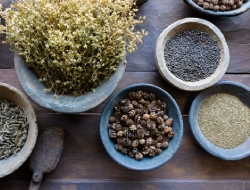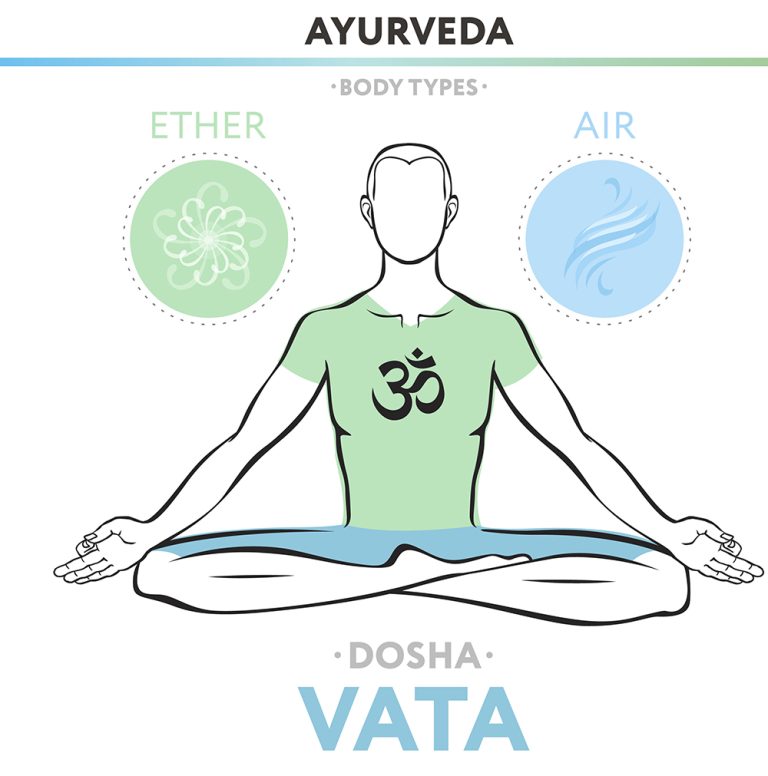Ayurveda’s Concept Of The Ideal Diet
I remember years ago talking to an American university professor about the components of an ideal diet. He had read about some research that was taking place regarding the ideal diet and he remarked how closely he found the Ayurvedic diet to approach the ideal.
Countless westerners spend a large part of their lives experimenting with different diets, some to stay healthy, others to lose weight, and yet others because of religious beliefs. The most obvious variation is between meat-eaters and vegetarian or vegans, but there are also many who carefully avoid protein and others who think all carbohydrate is bad. We won’t even begin to talk about fad diets or junk food here.
Ayurvedic diet is more about guiding principles than about rules. Food should be easy to digest and assimilate and should be selected according to the season, for example heavier food is acceptable in winter but lighter food is to be preferred in summer. Care is taken to avoid mixing foods which are incompatible, such as sour fruits and milk. Ideal combinations are ‘tridoshic’, balancing the Vata, Pitta and Kapha doshas.
Ayurveda makes no dogmatic assertion about vegetarianism being the only healthy option, its main concern being the balance of the meal and the inclusion of all the different types of taste – sour, sweet, salty, pungent, savoury and bitter. Keeping all the taste buds occupied in this way greatly enhances the enjoyment of the food and satisfies the brain. An ideal proportion of carbohydrate: protein: vegetables would be 1:2:4. Protein, whether of animal or vegetable source, is essential for the production and repair of cells and of neurotransmitters, while carbohydrate is vital for energy and the smoothness of the skin.
Rather than, as in western eating, presenting a meal in separate courses of starter, main course and dessert, the traditional Indian ‘Thali’ presents all the dishes simultaneously in small bowls on a round platter with the staple rice or bread in the centre. These will include various mixed vegetables with their appropriate spices, a salad, yoghurt, some ghee, and a sauce such as coriander or mango chutney. Accompanying the protein dish will be some lime to assist digestion. The spices have the benefit of helping peristaltic movement and increasing absorption, as well as improving cellular function.
We are inundated in these times with information about the nutritional value of different foods but there is little understanding as to how the body actually responds to and processes them. Many westerners take great trouble to ensure that their meals contain all the essential nutrients but without a good variety of tastes there is unlikely to be a feeling of total contentment and satisfaction at the end of the meal. When all the tastes are satisfied, provided that the ingredients are chosen in accordance with one’s individual doshic requirements the satisfaction will extend to every organ and system in the body.
Why not try it and feel the difference.

*Discover holistic healing with a complimentary phone or video consultation from our expert Ayurvedic practitioner. Start your path to better health today!*





















